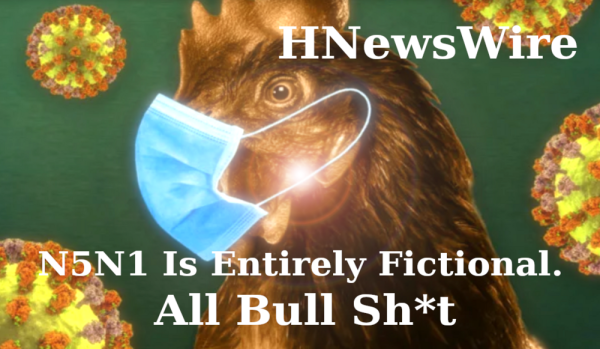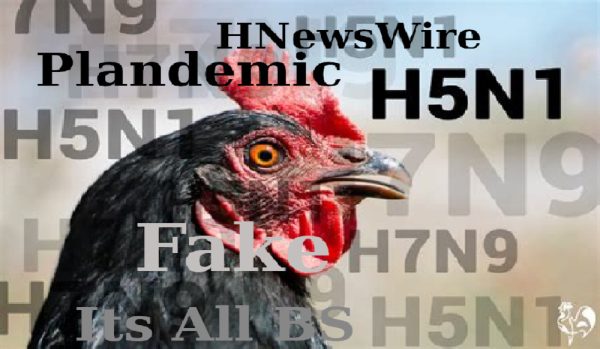
Advisory: Be careful of what you read on social media. The algorithms used by these platforms have no regard for Biblical truth. They target your emotions to keep you engaged on their site so their advertisers can drop more ads. These platforms exist to enrich their stockholders. Consider God’s promise to Believers in James 1:5, “If any of you lacks wisdom, you should ask God, who gives generously to all without finding fault, and it will be given to you.”
Featured Story
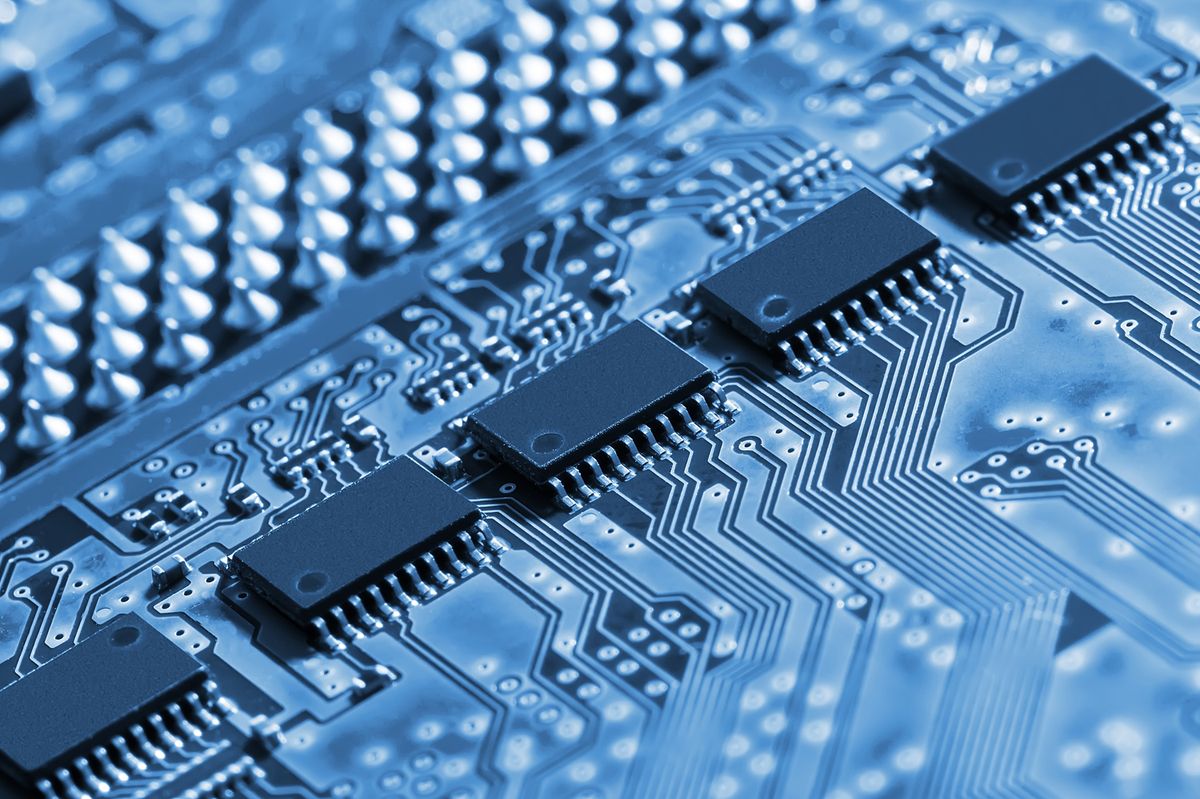
On Thursday, Taiwan’s government proposed a new law to prohibit China from stealing its semiconductor technology, amid growing concerns in Taipei that Beijing is ramping up its economic espionage.
a technological powerhouse Taiwan produces the majority of the world’s most advanced semiconductor chips, which are used in everything from fighter jets to cellphones, and the government has long been concerned about Chinese attempts to replicate its success, including through economic espionage, talent poaching, and other means.
Taiwan’s government announced that it had proposed new national security law offenses for “economic espionage,” with penalties of up to 12 years in jail for anyone who leak critical technologies to China or “foreign enemy forces.”
Using TSMC’s most advanced 2-nanometer chipmaking technology as an example, cabinet spokesperson Lo Ping-cheng stated that under the new law, such technology might be deemed critical to Taiwan’s security, necessitating additional protection in addition to current trade secret regulations.
“Everyone knows TSMC… has world-leading technologies,” added Lo. “It would have a major impact if their technologies were stolen.”
To expedite prosecutions, a special court for economic espionage would be established, according to Lo.
The government also proposed tightening rules to prevent Chinese enterprises from illegally acquiring Taiwan talent through third-country subsidiaries.
It also stiffened penalties for illicit Chinese investment in Taiwan, which the government claims has resulted in numerous cases of industrial espionage in recent years.
“Infiltration from the red supply chain into Taiwan’s sectors has become increasingly serious in recent years,” Taiwan Premier Su Tseng-chang said in a statement, referring to Chinese tech suppliers.
“They took our nation’s core and key technology and snatched our nation’s high-tech expertise.”
Taiwan’s parliament has to pass the revisions before they become law.
As technology continues to innovate, nations become more advanced and more dangerous. China is set on exalting itself on the highest pedestal on the world stage. And it can’t carry out its promises of world domination without continuing its technological innovation. Semiconductor shortages have given us a glimpse at the sheer speed of the tech race, especially amid the COVID crisis.
Semiconductors are at the heart of the U.S.-China competition for tech supremacy. They are expensive and critical, and the Chinese regime has vowed to outspend the United States by almost 50 to 1 in developing semiconductors.
Semiconductors, or “chips,” are an integral component of the technological products, which drive a country’s economic development. They are generally made of nano-sized (one-billionth sized) crystals, the most common of which is silicon. Also called silicon wafers, semiconductors are thinner than a single strand of human hair and contain as many as 40 billion components.
Only a small number of firms are capable of producing the highest quality semiconductors, which are incredibly complex. In addition to requiring advanced scientific knowledge, their manufacture is also extremely capital intensive—semiconductors are very expensive to develop and produce.
Integrated circuits (ICs), which are made up of semiconductor material, are used in consumer electronics, including computers, mobile phones/smartphones, digital cameras, data center servers, televisions, washing machines, refrigerators, cars, and gaming consoles.
Semiconductors are also critical for military and defense hardware, and used in telecommunications, missile guidance systems, navigation systems, weapons simulators, range finding devices, and proximity fuses. The U.S. Defense Advanced Research Projects Agency (DARPA), which is responsible for the development of emerging technologies used for national defense, needs semiconductors for its electronic warfare programs.
China is the primary rival of the United States in the battle for semiconductors. The Chinese Communist Party’s (CCP) 14th five-year plan called for autonomy in semiconductor production. Shortly after the plan’s release, Chinese Premier Li Keqiang identified investments in core technologies, including chips, AI, and 5G, as a way of catching up with the United States.
The CCP is pumping money into the purchase of weapons, as well as research and development of semiconductors and advanced technology, to modernize its military. The United States, on the other hand, has drastically cut its research and development budget since the end of the Cold War with the Soviet Union.
Over the past 20 years, Chinese chipmakers have received over $50 billion in government subsidies. Consequently, in 2019, China’s chip exports hit $101 billion. The CCP has established a $58 billion semiconductor investment fund, while local governments have pledged an additional $60 billion. Additionally, semiconductor companies are provided with a 10-year corporate tax exemption.
The Chinese regime also acquires chipmakers and poaches talent away from foreign chip developers, particularly from Taiwan. Furthermore, Beijing offers subsidies and incentives to lure foreign chipmakers to relocate to China.
Taiwan is a world leader in semiconductors—responsible for 63 percent of the global market. The CCP will do almost anything to obtain talent and technology from the island nation. The reoccurring cyberattacks on Taiwan are an example of the lengths the CCP will go to, in order to steal Taiwanese chip technology. In response, four Taiwanese members of parliament, representing the Democratic Progressive Party (DPP), have proposed tightening the country’s commercial secrets law to prevent the CCP from obtaining Taiwanese semiconductor technology or human capital. The four lawmakers said that Beijing’s interest in stealing Taiwanese technology was not only financially motivated, but was also an attempt to make Taiwan poor and weak, and more susceptible to coercion.
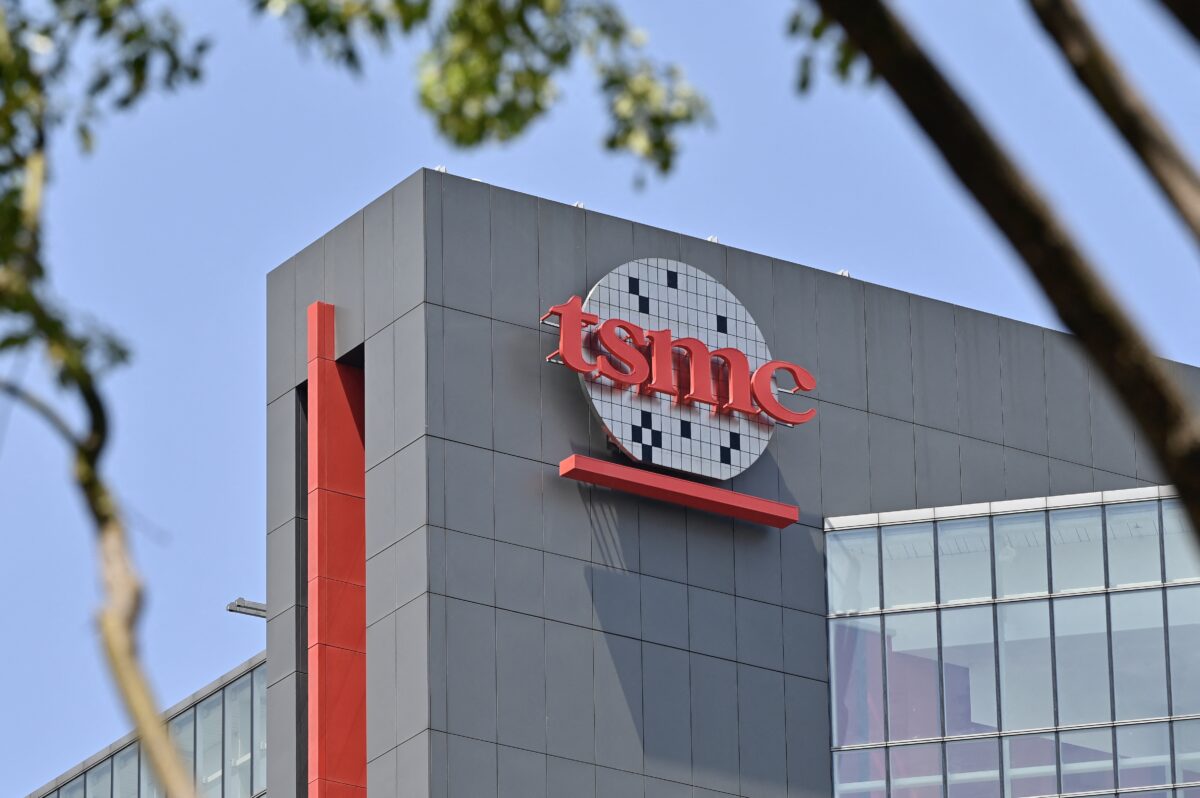
China had some success with developing its own semiconductors. AI chips used in cloud computing have been developed by Alibaba. Huawei’s Kirin chip, which is used for 5G equipment and smartphones, is said to be as good as comparable chips made by Samsung and Qualcomm.
But China is still behind the United States in terms of chip manufacture. Huawei’s Kirin chipsets are actually manufactured by a Taiwanese company, Taiwan Semiconductor Manufacturing Corporation (TSMC), which uses American technology.
TSMC is the world’s leading firm, accounting for 54 percent of global semiconductors. Miniaturization is one of the most important aspects of chip development, and TSMC is presently working on a 3-nanometer (nm) production process. The company also hopes to have 2-nm chips available by 2025.
China’s largest chipmaker, state-owned Semiconductor Manufacturing International Corporation (SMIC), by comparison, only began producing 14-nm chips at the end of 2019, leaving China two generations behind the industry leaders.
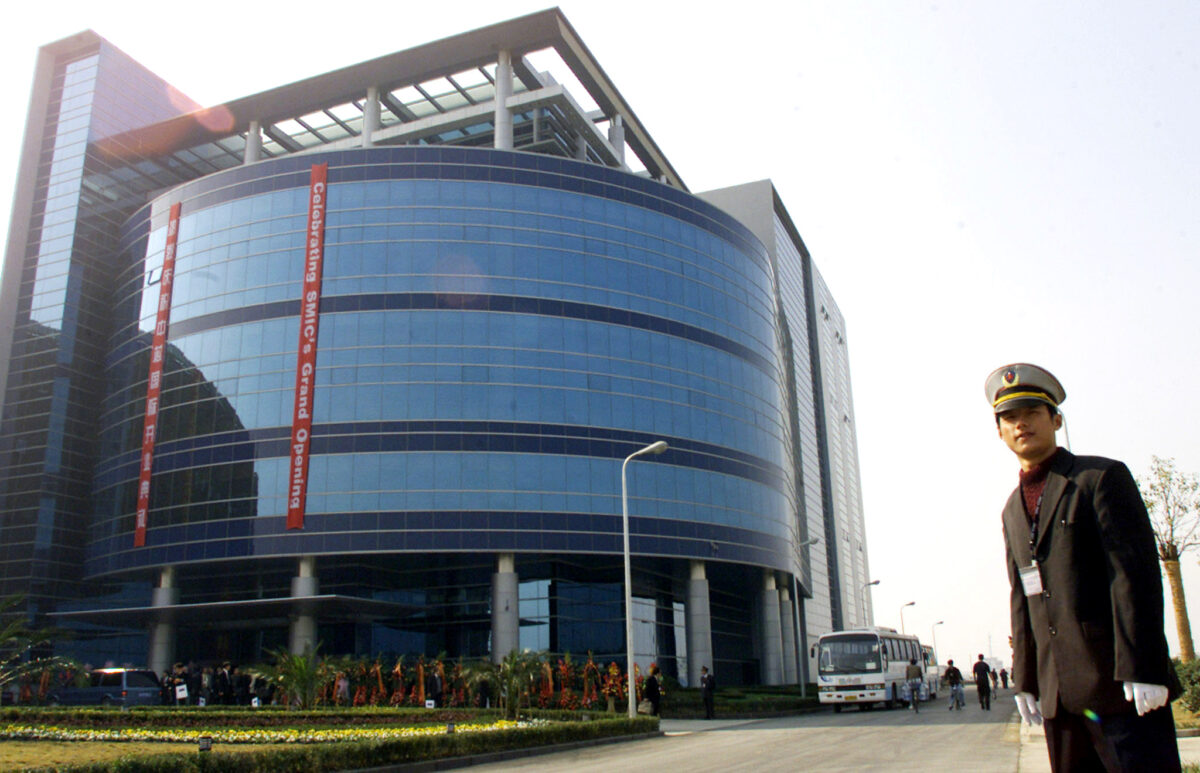
According to the Center for Strategic and International Studies (CSIS), it will take China at least 10 years to catch up with the United States in chipmaking. CSIS said that the time frame could be extended if the United States cut off China’s access to technology and financing. CSIS recommends the United States to block exports of semiconductors and semiconductor manufacturing equipment, and prevent China from purchasing chips made with U.S. equipment and from acquiring U.S. chipmaking companies.
The United States has taken a number of steps to protect U.S. semiconductor technology and to slow China’s advance. The National Security Commission on Artificial Intelligence (NSCAI) has recommended strengthening U.S. legislation in order to prevent China from obtaining semiconductor technology. Washington has already placed sanctions on China’s SMIC because its chips had military applications.
On the domestic front, CSIS felt it was defense critical for the U.S. government to invest in chipmakers. And this is what the United States is doing. The Creating Helpful Incentives to Produce Semiconductors (CHIPS) for America Act was a bill proposed in Congress to restore American leadership in semiconductor manufacturing, a goal which could be achieved by providing long-term economic incentives for research and development. Among other funding provisions, this bill called for the creation of a $10 billion fund to encourage investments in semiconductor manufacturing facilities.
The CHIPS bill was incorporated into the National Defense Authorization Act. It created a National Semiconductor Technology Center, which provides funding for private sector research and development. NSCAI has proposed $35 billion in grants and funding for chip research and manufacture. This is in addition to $37 billion already promised by President Joe Biden.
The CCP has vowed to outspend the United States 50 to 1 in developing semiconductors, but the United States is a much richer country. In 2019, the CCP imported $300 billion in computer chips, which is more than it spent on oil. The semiconductor war is looking very much like the military spending escalations of the Cold War with Russia.
The U.S seemingly has the upper hand in the semiconductor race however considering they beat China to Greenlands mineral resources. BlueJay Mining Co. is responsible for extracting the precious minerals necessary to fuel the huge wave of technological innovation.

Tagged In
Newsletter
Must Read




Other Sources

Latest News
Watchman: Dr. Hodkinson: “It’s Not a Time to Say ‘I’m Sorry’ – It’s a Time to Put These Bastards in Jail” “ We’ve Seen the Biggest Kill Ever in Medicine History…”
HNewsWire: “Should we forgive and forget?” “Absolutely not!” roared Dr. Roger Hodkinson. “How can you look into the eyes of a pregnant woman and tell…
Read MoreWatchman Reports COVID-virus Mutating Into Something Far More Deadlier, Pestilence Will Not Go Away
I SRH, fiercely defend my anti-Vaccine position, and advocate a pro-God, pure immune system for all true Believers. Treat your skin well. Our soaps are…
Read MoreWatchman: I Remain Steadfast in My Assertion That N5N1 Is Entirely Fictional. However a Deadly Pestilence Has Arisen as a Result of These Crazy Scientists’ Prolonged Manipulation of God’s Creation, Which Includes Bill Gates and His Pals.
By SRH, Gain of function studies, supported by Drs. Francis S. Collins and Anthony Fauci, really produced a mutant strain of H5N1 more than ten…
Read MoreWatchman’s Daily Devotional: The Language Employed by God to Describe Their Unfaithfulness Is Powerful, Labeling It as “Whoredom.” They Had Vowed to Love God Wholeheartedly.
17 However, they disregarded the advice of their judges and Whored themselves before other gods. They quickly strayed from the path taken by their fathers,…
Read More

We make every effort to acknowledge sources used in our news articles. In a few cases, the sources were lost due to a technological glitch. If you believe we have not given sufficient credit for your source material, please contact us, and we will be more than happy to link to your article.


